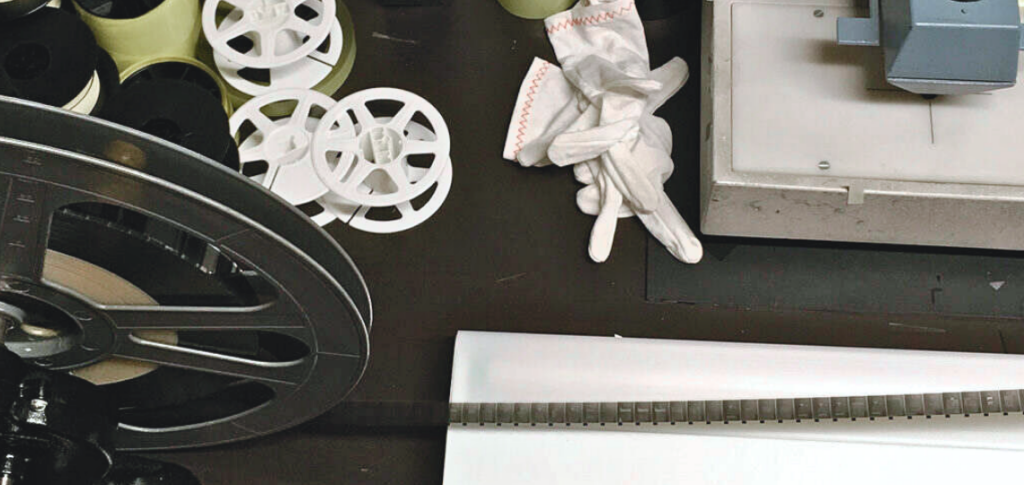Think to that rare local newspaper collection you have sitting in your library. Due to inexpensive manufacturing techniques, these papers were not built to last and, with every use, they become more worn. Yet, patrons for years to come will still want access to this invaluable material. It’s time to come up with a solution, but you can’t decide if microfilm or digitization is the route to take. As it turns out, the answer may be that you’ll want both.
The dualities of preservation and access have become a married topic in the last century, gathering momentum especially with the technology boom of the late 20th century to today, where information is stored digitally and is, literally, at your fingertips. A digital collection will ensure increased access to your materials and makes it effortless for the patron to view and research. Another advantage of digitization is that the more your item is being viewed online, the less your original material is being handled and at risk for damage.
The Virtues of Two Mediums
Digitizing materials has clear advantages to circulation and access; however, technology is constantly changing, and finding a solid-state storage solution for your materials – preserving them – is just as important as making it accessible. Over the course of the half-century, we’ve seen the move from floppy disk to the cloud, and a broadening discussion pushing for reliable preservation means beyond relying on digital surrogates; a movement to avoid collections falling victim to the future “digital dark age”.
Digitized collections offer high quality, world-wide accessibility, particularly while Backstage incorporates data storage standardization, and there are modern measures to make electronic formats easily adapted to new platforms if necessary: and that is invaluable. But invaluable, too, is preserving material, and Microfilm remains the gold standard for long-term preservation.
The roots of microform information go as far back as the 19th century. Today’s microfilm is more stable, more reliable, and has an estimated shelf life of 500 years. Plus, microfilm is a format that can easily be converted to digital images should something happen to your files. In the case of data incidents or an inability to access virtual archives, microforms are viewable with nothing more than a light source and magnification device. Institutions and libraries that take the added steps to follow RLG guidelines can rest assured knowing that their collections will remain safe, with print master backups, for half a millennia when stored correctly.
Combining These Principles at Backstage
Backstage Library Works recommends bundling digitization and microfilm for your next project to suit both your access and preservation goals. With years of experience and seasoned professionals on both teams, we’ve developed workflows to ensure your original material stays safe from start to finish and your deliverables are of the highest quality following industry standards.

A typical grayscale newspaper collection will likely be microfilmed first upon arrival to Backstage. The new microfilm is then passed along for digitization. This means your original material is only handled once for filming. Digitizing off of the microfilm means a smooth and efficient metadata collection and quality assurance process, as our technicians are able to utilize the eye-legible targets created on the microfilm to easily scroll through images. These targets can then be removed from the digitized files if you desire.
However, digitizing from microfilm would almost always be 8-bit grayscale, so in cases where your collection includes colorful photos or maps, you may opt to digitize the original material first at 24-bit color. This method assures you have no color loss in your digital files.

These are what we have found to be best practices, but workflows can be customizable to your needs and preferences. As always, when working with Backstage, a dedicated Project Manager will be there for you to ensure you are informed and satisfied every step of the way.
To learn more about pricing and how Backstage can help you on your upcoming preservation and access project, you can call us at 1.800.288.1265, send us an email at info@bslw.com, or fill out our Contact Us form.





